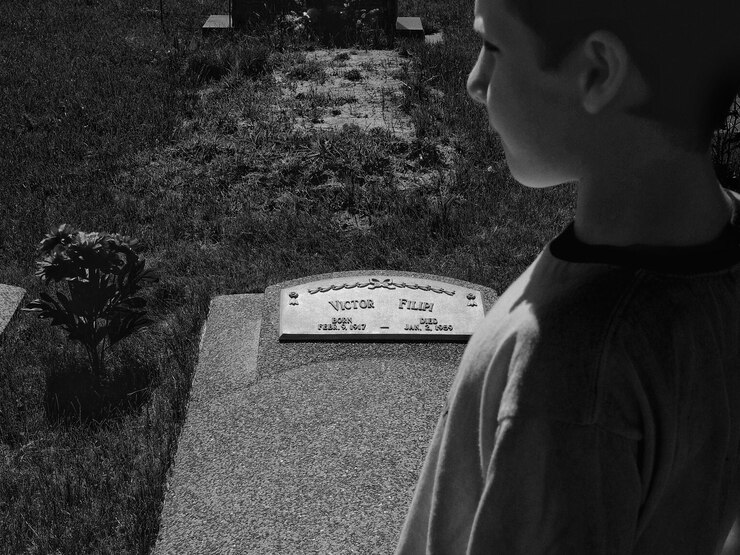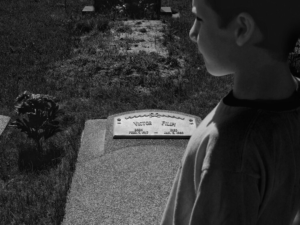The “Stichting Bourwresearch” or the origin of building Research, played a dynamic role in modeling the Dutch construction landscape. This was set up in 1959 and its goal was to encourage sustainability, efficiency, and innovation through the help of research and knowledge circulation. This article discovers SBR’s heritage, its impact on construction practices, and its continued relevance in today’s building sector. SBR obstructed national and international building rules by collaborating with organizations, businesses, and universities
Table of Contents
ToggleAims and Goals:
Stichting Bourwresearch was established with an unmistakable mission: to encourage development and greatness in the development area through research, information scattering, and industry joint effort. Initially settled as a reaction to the post-The Second Great War reproduction endeavors in the Netherlands, the establishment immediately developed into a main thrust behind mechanical progressions and best development rehearses.
Key Focus Areas:
Understanding building material and their progress:
SBR conducted extensive research on various building materials, including strengthened and biased concrete, to understand their behavior and performance characteristics. This knowledge played a pivotal role in developing more robust and efficient construction practices.
Collaboration and Networking:
The association effectively advanced innovative work of creative structure strategies and advancements. This included investigating new materials, development methods, and configuration draws near.
Knowledge Dissemination:
Developing and publishing technical guidelines and standards
SBR played a key role in creating and disseminating technical guidelines and standards for the construction sector. These guidelines aimed to ensure consistent quality, safety, and efficiency in construction practices across the Netherlands.
Providing education and training programs:
Recognizing the importance of skilled professionals, SBR offered educational and training programs for individuals working in the construction industry. This helped ensure a qualified workforce capable of implementing advancements and adhering to established standards.
Collaboration and Industry Linkages:
Simplifying alliance between shareholders:
SBR cordially safeguarded combining several shareholders in the construction region, including researchers, developers, contractors, and policymakers. This facilitated a continuous exchange of knowledge and confirmed that study results were translated into hands-on tender.
Therefore, while SBR’s work covers various activities, these three core areas – research and development, knowledge dissemination, and collaboration – formed the pillars of their mission and significantly impacted the Dutch construction industry.
Past projects:
While getting a complete rundown of all Stichting Bouwresearch (SBR) projects can be trying because of the association’s broad history and resulting uniting with another substance, the following are a couple of instances of their past undertakings that feature their different areas of application:
Toughness of Solid (1960s-1970s):
This project focused on understanding the long-term behavior and performance of solids under various environmental conditions. The research findings knowingly contributed to the development of more tough and sustainable solid mixes used in the construction industry
Fire Protection in Buildings (1980s):
Following a series of building fires in the Netherlands, SBR conducted research on fire protection in buildings. This project investigated fire resistance of building materials, removal strategies, and fire suppression systems. The findings helped establish severe fire protection regulations and improve building design practices.
Energy Competence in Buildings (1990s-2000s):
As concerns about energy consumption grew, SBR conducted research on energy-efficient building design and construction techniques. This project explored innovative technologies like insulation materials, renewable energy addition, and inert building design principles. The study findings subjective the development of energy-efficient building codes and construction performs adopted in the Netherlands.
Internal Air Quality (1990s-2000s):
Recognizing the importance of healthy internal environments, SBR directed research on internal air quality in buildings. This project investigated causes of air pollution within buildings, potential health impacts, and strategies for improving air quality. The findings contributed to the development of guidelines for building air circulation systems and the use of low-emission materials.
Supportable Construction Practices (2000s-2010s):
With the growing importance of sustainability, SBR focused on research related to supportable construction practices. This project discovered the use of recycled materials, life-cycle valuation of building materials, and reducing the environmental impact of construction activities. The findings helped promote supportable construction practices and guide the development of related principles and outlines.
Therefore, SBR’s main motive wasn’t only focused on a singular area but rather aimed at broadly advancing the construction sector by generating knowledge, developing collaboration, and ultimately contributing to a safe, efficient, and sustainable built environment in the Netherlands.
Enduring Legacy: A Lasting Impact
In 2017, Stichting Bouwresearch merged with another prominent organization, CUR (“Centrum voor Regelgeving in de Grond-, Water- en Wegenbouw” – Center for Regulations in the Soil, Water, and Road Construction) to form a new entity called SBRCURnet. While SBR ceased its independent operations, its legacy continues to influence the industry in various ways:
Extensive Research Library:
The organization’s vast collection of research findings, technical documents, and guidelines are now housed within SBRCURnet, serving as a valuable resource for professionals in the construction sector.
Knowledge Development and Innovation:
SBRCURnet builds upon the foundation laid by SBR, continuing to provide a platform for research, knowledge development, and innovation within the built environment.
Shaping Regulations and Practices:
The research conducted by SBR played a pivotal role in shaping regulations and best practices within the Dutch construction sector. Their contributions continue to influence current construction practices and guide the development of new regulations.
By fostering knowledge creation, promoting collaboration, and advocating for advancements within the construction industry, Stichting Bouwresearch left a lasting legacy. Their contributions continue to shape the Dutch construction landscape, ensuring the building of safe, efficient, and sustainable structures for the future.




































